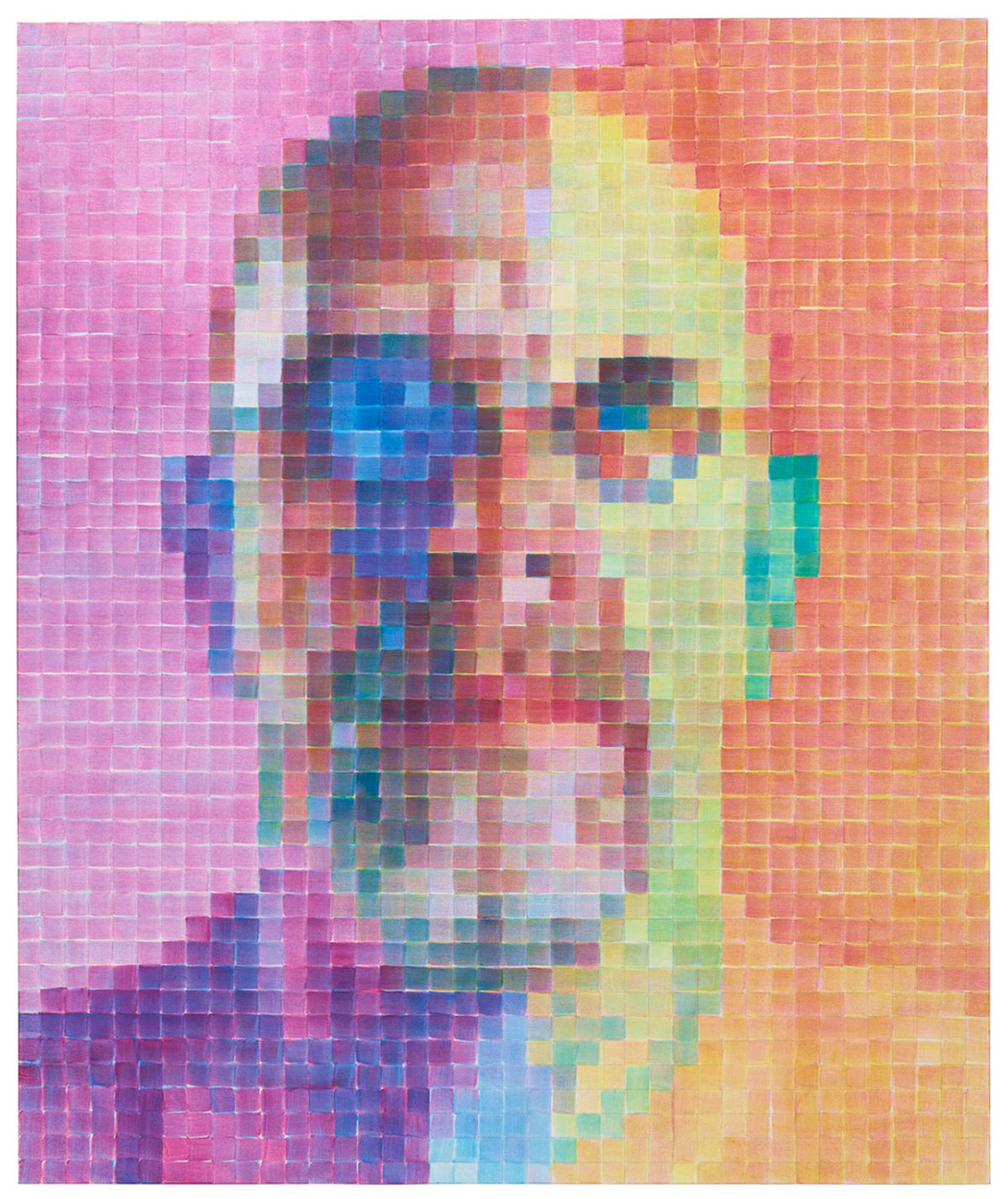Chuck Close, an artist known for his Photo Realist and large-scale portraits of friends and fellow artists, has died, aged 81. He has been an outsize and ever-present figure in the New York art world since his first show in the city in 1968.
Close retreated from public attention in his later years, following a diagnosis of frontotemporal dementia in 2015 and accusations of sexual harassment in 2017, which he refuted. “I acknowledge having a dirty mouth, but we’re all adults,” he told The New York Times, adding that he has been a supporter of women and women artists.
Close, born in Monroe, Washington in 1940, started making art at a young age and enrolled at the at the University of Washington as an art major, graduating with high honours in 1962. He then completed a master of fine arts degree at Yale University in 1964 and taught at the University of Massachusetts in Amherst, before moving to New York in 1967.
In 1988, an injury to a spinal blood vessel nearly paralysed Close completely, but after extended physical therapy, he resumed an active painting career, working with a brush taped to his arm and a mechanical easel.
“I worry about whether or not anybody is going to be interested in what I’m doing now,” Close said in an interview with The Art Newspaper ahead of a travelling retrospective of his work at the Museum of Modern Art in New York in 1998. “A lot of it is timing. It could get a big yawn, or people could be interested in painting again.”
“One hopes that, when people see your work, they’ll take a fresh look at art that they thought they knew; that, somehow, works from different periods will inform each other, and that periods that have been undervalued will somehow be reassessed and found to be more interesting than they were,” Close said.
“I hope that it looks like the same guy made everything, yet that at the same time, there’s a significant enough range and a lot of intense experiences. That’s how I keep myself going—by changing what I do in the studio, not necessarily by changing the iconography. If I can keep myself engaged, I hope that I can keep the viewer engaged. All along in my career, people have said, ‘Oh, he’s still painting heads.’”


